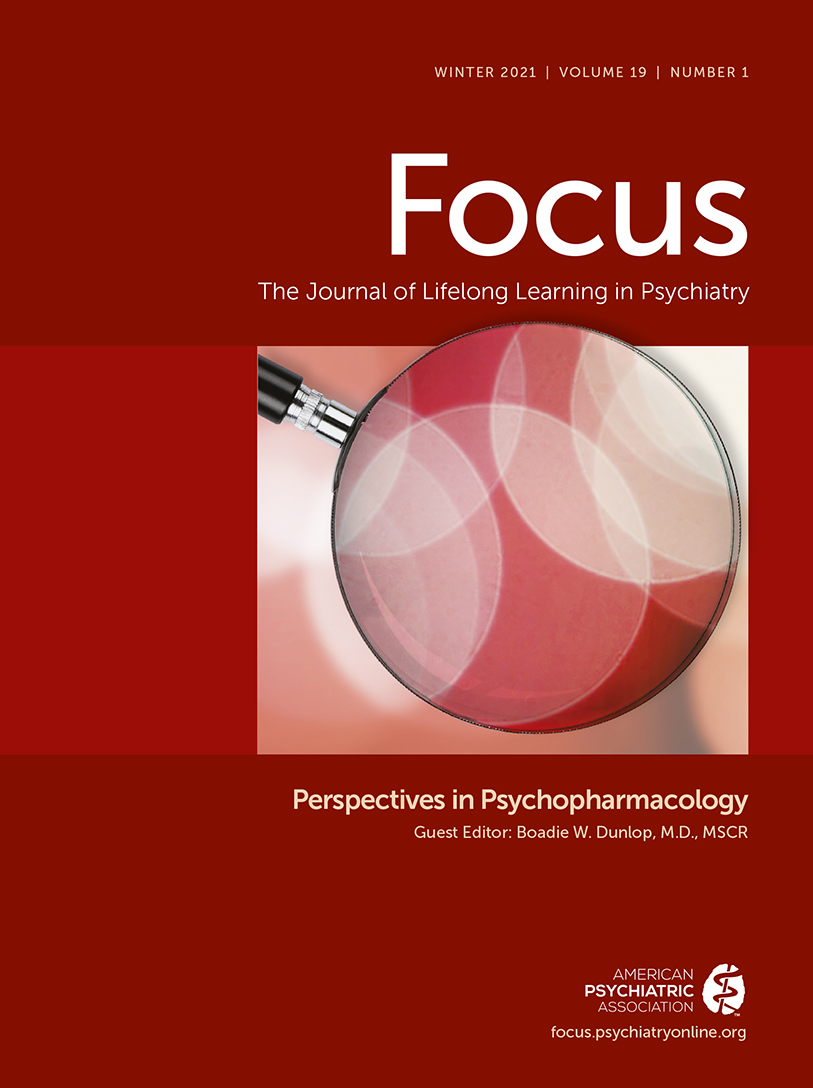Tardive Dyskinesia: Spotlight on Current Approaches to Treatment
Abstract
Tardive dyskinesia (TD) is a debilitating, iatrogenic, and potentially severe movement disorder characterized by involuntary, repetitive, purposeless movements that are present throughout the body. The authors present a review of studies of past, current, and possible future treatment approaches to the management of TD; consider the phenomenology, assessment, and putative pathophysiological mechanisms of TD, early pharmacological trials, a focus on the newer vesicular monoamine transporter 2 inhibitors, and other evidence-based approaches, such as clozapine; and present preliminary evidence for newer approaches, such as deep brain stimulation and repetitive transcranial magnetic stimulation. On the basis of the evidence presented here, the authors highlight the importance of early recognition and assessment of TD, as well as how to best approach management of these often incapacitating symptoms.



